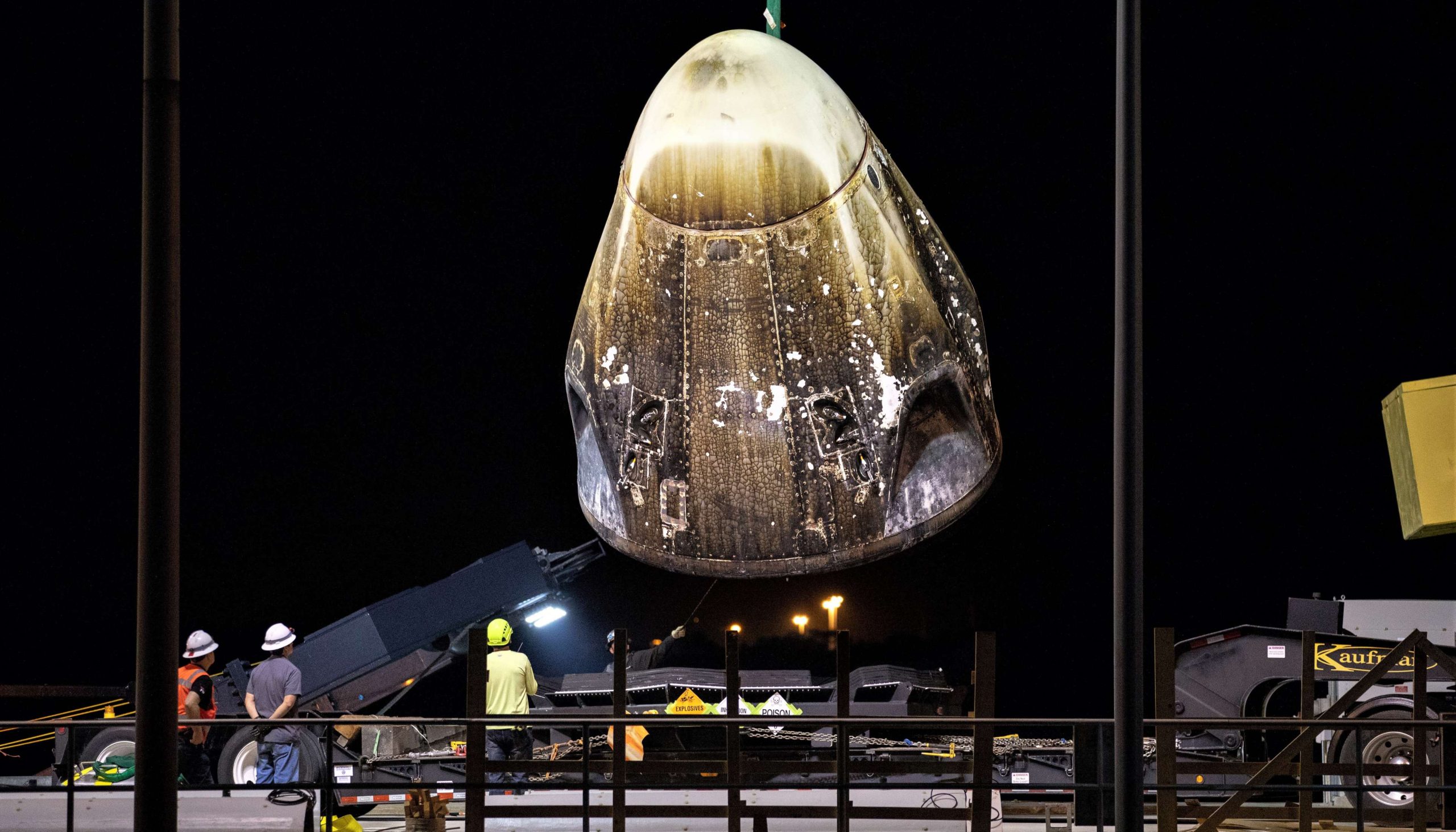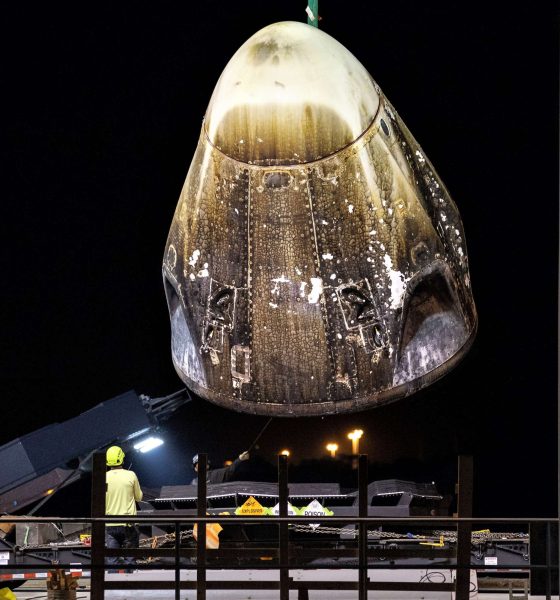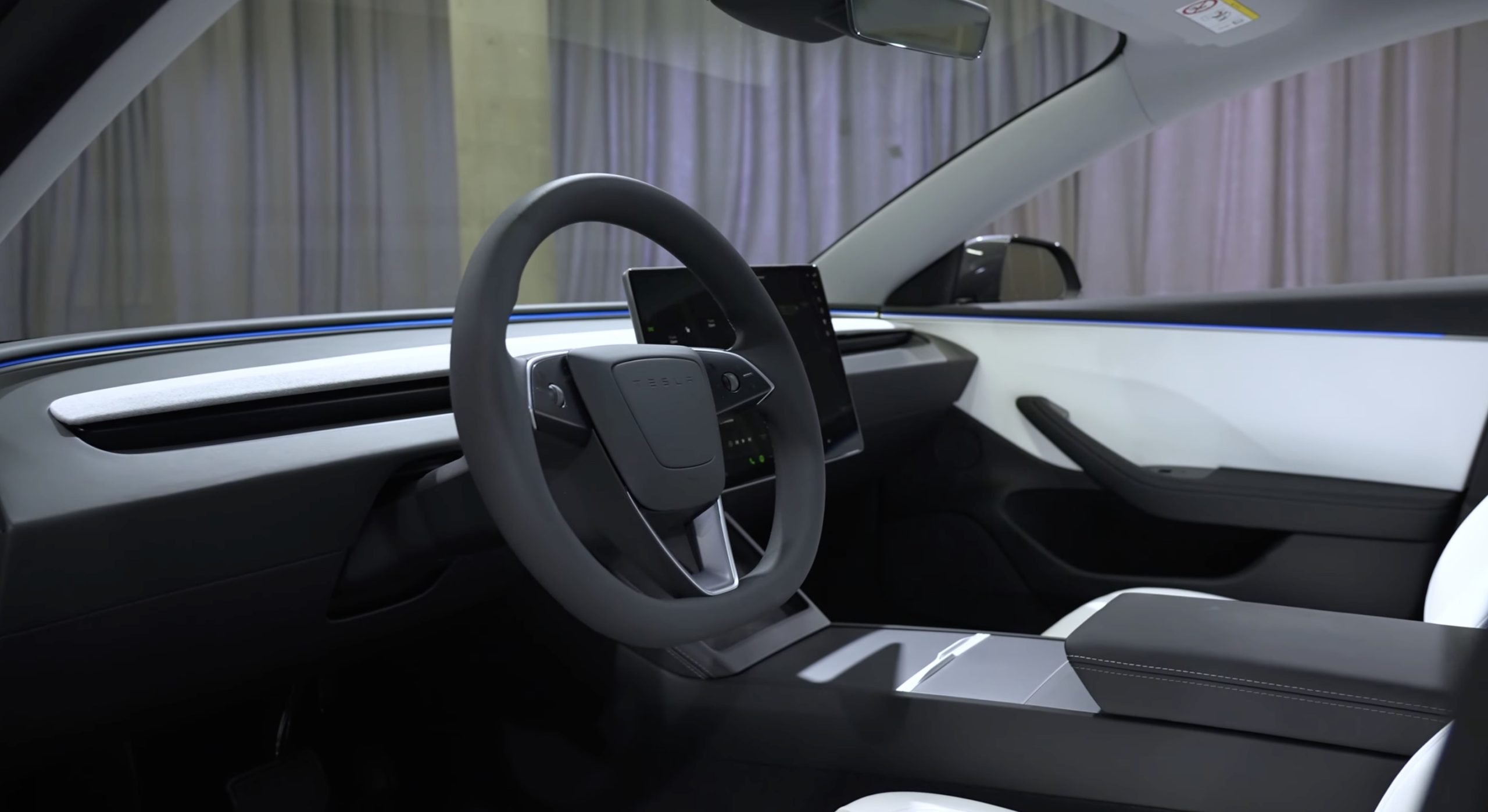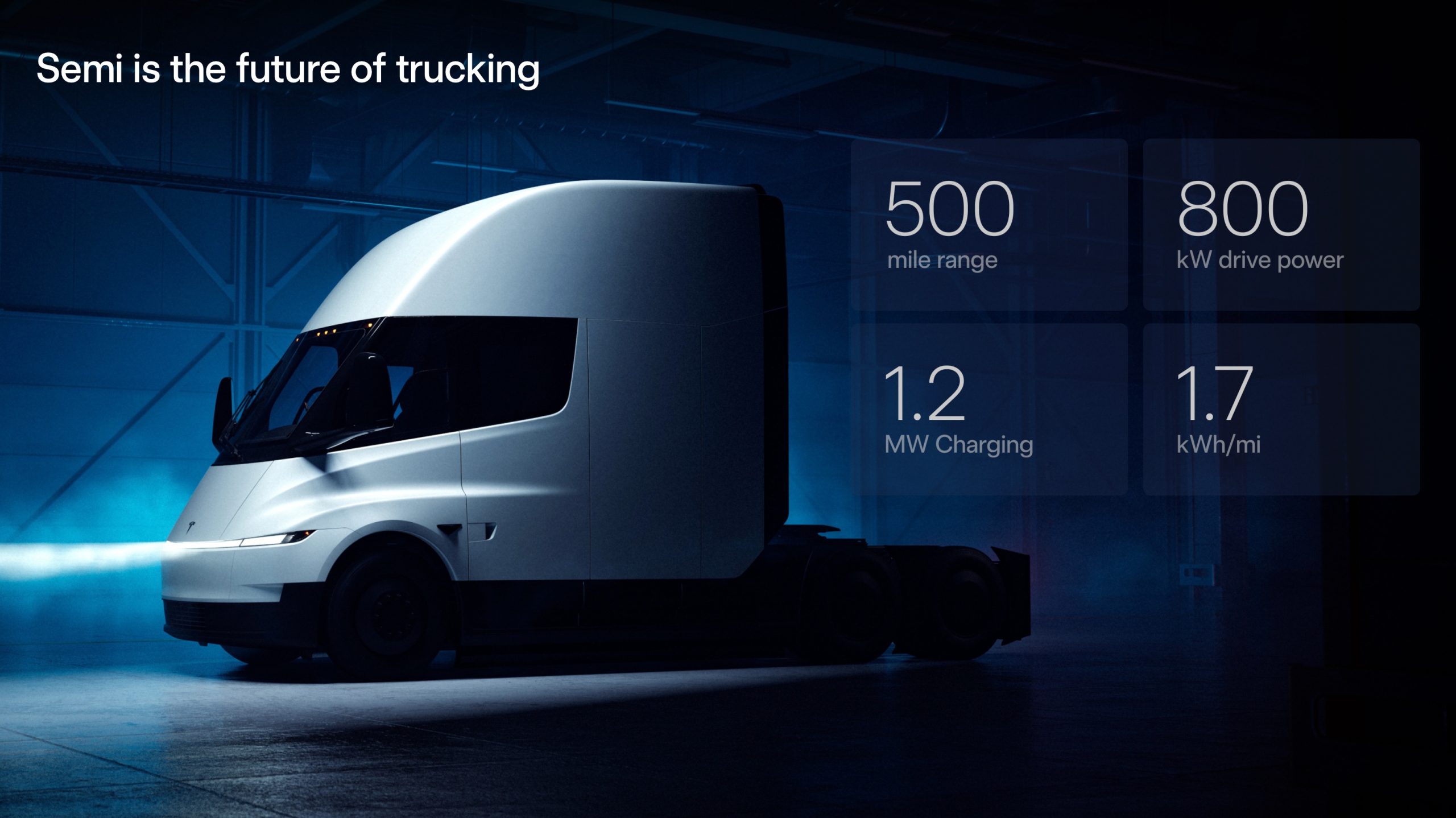

News
SpaceX’s Crew Dragon suffers catastrophic explosion during static fire test
Six weeks after the spacecraft completed its orbital launch debut, SpaceX’s first flight-proven Crew Dragon capsule suffered a catastrophic explosion seconds before a planned SuperDraco test fire.
In the last nine years, SpaceX has successfully built, tested, launched, and recovered Cargo and Crew Dragons 18 times, including five instances of Cargo Dragon capsule reuse, all with minor or no issues. The April 20th event is the first time in the known history of SpaceX’s orbital spacecraft program that a vehicle – in this case, the first completed and flight-proven Crew Dragon capsule – has suffered a total failure. Regardless of the accident investigation’s ultimate conclusions, the road ahead of Crew Dragon’s first crewed test flight has become far more arduous.
According to information acquired by NASASpaceflight.com, SpaceX was in the middle of a series of static fire tests meant to verify that the flight-proven capsule was in good working order after Crew Dragon’s inaugural mission to orbit. The spacecraft was to be tested near SpaceX’s Cape Canaveral Landing Zone facilities, where the company has a small but dedicated space for Dragon tests. Crew Dragon C201’s testing began earlier on Saturday, successfully firing up its smaller Draco maneuvering thrusters. This transitioned into a planned SuperDraco ignition, what would have been the first such integrated test fire for capsule C201.
SpaceX planned to rapidly reuse Crew Dragon C201 for an upcoming in-flight abort (IFA) test, in which the spacecraft would be required to successfully escape from Falcon 9 at the point of peak aerodynamic stress (Max Q). Based on a leaked video of the failure, one or several faults in Crew Dragon’s design and/or build led to a near-instantaneous explosion that destroyed the spacecraft. Sound in the background seems to indicate that the explosion occurred several seconds before the planned SuperDraco ignition, a major concern given their pressure-fed design.
As pressure-fed rocket engines specifically designed to be the basis of a launch escape system, Crew Dragon and its SuperDraco thrusters are meant to be ready to ignite at a millisecond’s notice once they are armed in a flight-ready configuration. It’s safe to say that ten seconds away from a specifically planned ignition is one of those moments, although there is a limited chance that SpaceX’s static fire procedures intentionally diverge from an abort-triggered ignition. Regardless, the fact that Crew Dragon was destroyed before the ignition of its SuperDracos is not an encouraging sign.
Instead of a problem with its high-performance abort thrusters, it can be tentatively concluded that Crew Dragon’s explosion originated in its fuel tanks or propellant plumbing. Such an immediate and energetic explosion points more towards a total failure of propellant lines or valves (or their avionics), while another – and potentially far more concerning – cause could be one of Crew Dragon’s pressure vessels. In a space as enclosed as a Dragon capsule, the rupture of a pressure vessel could trigger a chain reaction of pressure vessel failures, freeing both oxidizer (NTO) and fuel (MMH). Known as hypergolic propellant, NTO and MMH ignite immediately (and violently so) when mixed.
It’s quite possible that the accident investigation to follow will be SpaceX’s most difficult and trying yet. Regardless of the specific cause, the footage of Crew Dragon C201’s demise does not support any positive conclusions about the fate of astronauts or passengers, had they been aboard during the violent explosion. Seemingly triggered in some way by the very system meant to safely extricate Crew Dragon and its astronauts from a failing Falcon 9 rocket, major work will need to be done to prove to NASA that the spacecraft is safe. Sadly, Boeing’s Starliner spacecraft – funded in parallel with Crew Dragon under NASA’s Commercial Crew Program – suffered a far less severe but no less significant failure during a static fire test of its own abort thrusters. Boeing was forced to remove the impacted hardware from its flight plans to extensively clean, repair, and rework the service module.
NASA is now faced with the fact that both of the spacecraft it supported with CCP have exhibited major failures related to their launch escape systems. Crew Dragon’s catastrophic explosion comes as a particularly extreme surprise given how extensively SpaceX has already tested the SuperDraco engines and plumbing, as well as the successful completion of the spacecraft’s launch debut. In the process of DM-1 launch preparations, Crew Dragon likely spent a minimum of 80 minutes with its SuperDraco thrusters and propellant systems primed and ready to abort at any second, apparently without a single mildly-concerning issue.
Godspeed to SpaceX and NASA as they enter into this challenging and unplanned failure investigation.
Check out Teslarati’s Marketplace! We offer Tesla accessories, including for the Tesla Cybertruck and Tesla Model 3.

Elon Musk
Tesla CEO Elon Musk announces major update with texting and driving on FSD
“Depending on context of surrounding traffic, yes,” Musk said in regards to FSD v14.2.1 allowing texting and driving.

Tesla CEO Elon Musk has announced a major update with texting and driving capabilities on Full Self-Driving v14.2.1, the company’s latest version of the FSD suite.
Tesla Full Self-Driving, even in its most mature and capable versions, is still a Level 2 autonomous driving suite, meaning it requires attention from the vehicle operator.
You cannot sleep, and you should not take attention away from driving; ultimately, you are still solely responsible for what happens with the car.
The vehicles utilize a cabin-facing camera to enable attention monitoring, and if you take your eyes off the road for too long, you will be admonished and advised to pay attention. After five strikes, FSD and Autopilot will be disabled.
However, Musk announced at the Annual Shareholder Meeting in early November that the company would look at the statistics, but it aimed to allow people to text and drive “within the next month or two.”
He said:
“I am confident that, within the next month or two, we’re gonna look at the safety statistics, but we will allow you to text and drive.”
“I am confident that, within the next month or two, we’re gonna look at the safety statistics, but we will allow you to text and drive.”
Does anyone think v14.3 will enable this? pic.twitter.com/N2yn0SK70M
— TESLARATI (@Teslarati) November 23, 2025
Today, Musk confirmed that the current version of Full Self-Driving, which is FSD v14.2.1, does allow for texting and driving “depending on context of surrounding traffic.”
Depending on context of surrounding traffic, yes
— Elon Musk (@elonmusk) December 4, 2025
There are some legitimate questions with this capability, especially as laws in all 50 U.S. states specifically prohibit texting and driving. It will be interesting to see the legality of it, because if a police officer sees you texting, they won’t know that you’re on Full Self-Driving, and you’ll likely be pulled over.
Some states prohibit drivers from even holding a phone when the car is in motion.
It is certainly a move toward unsupervised Full Self-Driving operation, but it is worth noting that Musk’s words state it will only allow the vehicle operator to do it depending on the context of surrounding traffic.
He did not outline any specific conditions that FSD would allow a driver to text and drive.
News
Tesla Semi just got a huge vote of confidence from 300-truck fleet
The confidential meeting marks a major step for the mid-sized carrier in evaluating the electric truck for its regional routes.

The Tesla Semi is moving closer to broader fleet adoption, with Keller Logistics Group wrapping up a key pre-production planning session with the electric vehicle maker’s team this week.
The confidential meeting marks a major step for the mid-sized carrier in evaluating the electric truck for its regional routes.
Keller’s pre-production Tesla Semi sessions
Keller Logistics Group, a family-owned carrier with over 300 tractors and 1,000 trailers operating in the Midwest and Southeast, completed the session to assess the Tesla Semi’s fit for its operations. The company’s routes typically span 500-600 miles per day, positioning it as an ideal tester for the Semi’s day cab configuration in standard logistics scenarios.
Details remain under mutual NDA, but the meeting reportedly focused on matching the truck to yard, shuttle and regional applications while scrutinizing economics like infrastructure, maintenance and incentives.
What Keller’s executives are saying
CEO Bryan Keller described the approach as methodical. “For us, staying ahead isn’t a headline, it’s a habit. From electrification and yard automation to digital visibility and warehouse technology, our teams are continually pressure-testing what’s next. The Tesla Semi discussion is one more way we evaluate new tools against our standards for safety, uptime, and customer ROI. We don’t chase trends, we pressure-test what works,” Keller said.
Benjamin Pierce, Chief Strategy Officer, echoed these sentiments. “Electrification and next-generation powertrains are part of a much broader transformation. Whether it’s proprietary yard systems like YardLink™, solar and renewable logistics solutions, or real-time vehicle intelligence, Keller’s approach stays the same, test it, prove it, and deploy it only when it strengthens service and total cost for our customers,” Pierce said.
News
Tesla extends FSD Supervised ride-alongs in Europe by three months
Needless to say, it does appear that FSD fever is starting to catch in Europe.

Tesla appears to be doubling down on its European Full Self-Driving (Supervised) push, with the company extending its demo ride-along program by three months until the end of March 2026. The update seems to have been implemented due to overwhelming demand.
Needless to say, it does appear that FSD fever is starting to catch in Europe.
Extended FSD demonstrations
Tesla EU Policy and Business Development Manager Ivan Komušanac shared on LinkedIn that the company is offering ride-along experiences in Germany, France and Italy while working toward FSD (Supervised) approval in Europe.
He noted that this provides a great feedback opportunity from the general public, encouraging participants to record and share their experiences. For those unable to book in December, Komušanac teased more slots as “Christmas presents.”
Tesla watcher Sawyer Merritt highlighted the extension on X, stating that dates now run from December 1, 2025, to March 31, 2026, in multiple cities including Stuttgart-Weinstadt, Frankfurt and Düsseldorf in Germany. This suggests that the FSD ride-along program in Europe has officially been extended until the end of the first quarter of 2026.
Building momentum for European approval
Replies to Merritt’s posts buzzed with excitement, with users like @AuzyMale noting that Cologne and Düsseldorf are already fully booked. This sentiment was echoed by numerous other Tesla enthusiasts on social media. Calls for the program’s expansion to other European territories have also started gaining steam, with some X users suggesting Switzerland and Finland as the next locations for FSD ride-alongs.
Ultimately, the Tesla EU Policy and Business Development Manager’s post aligns with the company’s broader FSD efforts in Europe. As per recent reports, Tesla recently demonstrated FSD’s capabilities for Rome officials. Reporters from media outlets in France and Germany have also published positive reviews of FSD’s capabilities on real-world roads.








